The replacement of the air conditioning system hoses should be carried out at a representative service station or a specialist workshop that has the equipment to safely relieve pressure in the system. Never disconnect system hoses or remove components without first relieving pressure.
general information
Exposure to high temperatures in the engine compartment leads to the gradual failure of the rubber and plastic hoses used in various systems. Hoses should be checked regularly for cracks, loose clamps, hardening of materials and signs of leaks.
Most hoses (but not all) are attached with clamps. Where clamps are used, check that they are securely fastened to ensure there are no leaks. If clamps are not used, make sure that the hose at the connection to the fitting has not swelled and/or hardened, allowing leakage.
If there are indications that some fluid is leaking, but you cannot recognize the type of fluid or the exact origin, leave the vehicle for a long time and place a large piece of paper or rag under the vehicle. This will help you find where the fluid is leaking and will also help you identify the fluid by its color. But keep in mind that some leaks may only show up when the engine is running.
vacuum hoses
Typically, vacuum hoses, especially those used in emission control systems, are color-coded or have colored stripes.
Different systems require the use of hoses with different wall thicknesses, heat resistance and different collapse resistance. When replacing hoses, make sure that the material of the new hose matches the material of the old one.
Often the only reliable way to check the condition of a hose is to completely remove it from the vehicle. When removing more than one hose, take care to clearly label the hoses and fittings to ensure correct assembly.
When checking the vacuum hoses, be sure to also check the T-shaped plastic connections. Inspect them for cracks that could cause leaks.
A leak in a vacuum hose means that air is being sucked into the hose (rather than coming out of the hose), and this makes the leak very difficult to find. To check for vacuum leaks, you can use a small piece of vacuum hose as a stethoscope. When the end of the hose is directly over the leak, a hissing sound will be clearly audible through the hose. Listen to all vacuum hoses and connections for a characteristic hiss that indicates a leak. Contact with hot and moving parts must be avoided, as the engine must be running during the test.
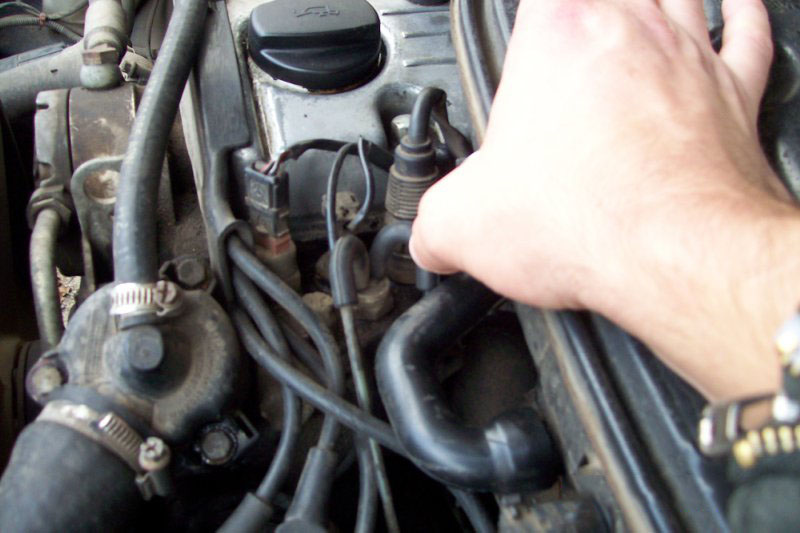
fuel hoses
When inspecting or servicing fuel system components, certain precautions must be observed. Perform all work in a well-ventilated area, do not allow open flames (for example, lit cigarettes) or light bulbs not protected by a lampshade to approach the place of work. Spilled fuel should be immediately collected with rags, which should then be put in a place where self-ignition is impossible. If fuel comes into contact with skin, wash immediately with plenty of soap and water. When working on the fuel system, wear safety goggles and always have a fire extinguisher handy.
Fuel hoses are usually under pressure, so when disconnecting them, be prepared for fuel to splatter and need to be collected.
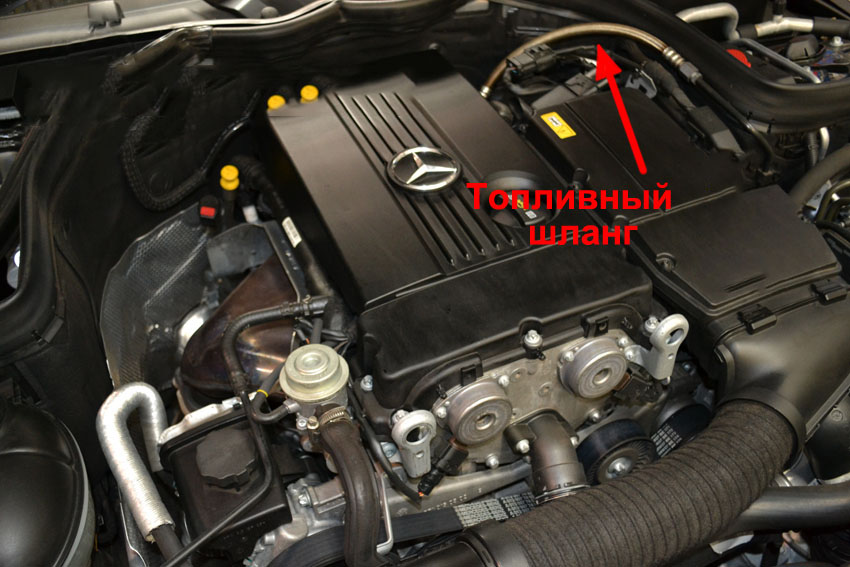
Note :
The fuel injection system must be depressurized before servicing the fuel lines.
1. Check all rubber fuel hoses for signs of wear and tear. Pay particular attention to bends and in front of fittings, such as the connection between the hose and the fuel pump or filter, where cracks can form.
2. Use only high quality fuel hoses. Never, under any circumstances, use non-reinforced vacuum hoses, clear plastic tubes, or water hoses as fuel.
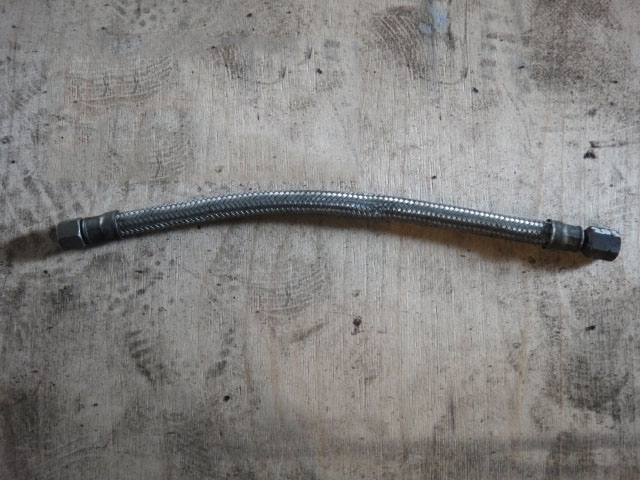
3. Band-type clamps are commonly used to secure fuel hoses. These clamps loosen tension over time and can "pop out" when removed.
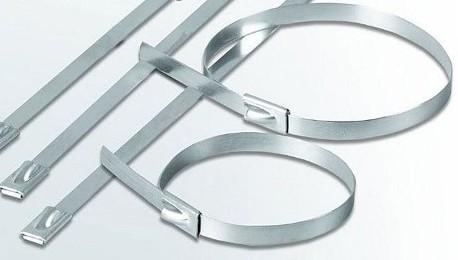
4. When replacing hoses, replace band-type clamps with screw-type clamps.
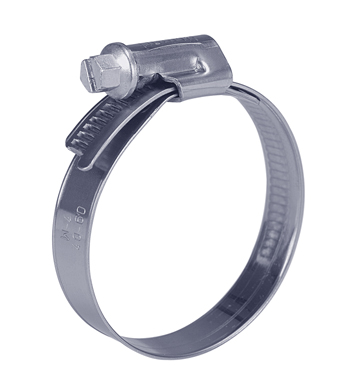
5. Fuel leaks are difficult to pinpoint until the leak is significant and therefore easily visible. Fuel tends to evaporate quickly as soon as it comes into contact with air, especially in a hot engine compartment. Small drops may disappear before you can locate the leak. If you suspect that there is a fuel leak in the area of the engine compartment, then cool the engine and start it while it is cold with the hood open. Metal objects shrink when cooled, and rubber hoses tend to loosen, so any leaks will be more obvious while the engine is warming up on a cold start.
metal lines
1. Sections of metal tubes are often inserted between the fuel pump and the fuel injection system. Check these tubes carefully for dents, twists, or cracks.
2. If a section of metal line needs to be replaced, use only seamless steel tubing as the copper and aluminum tubes are not strong enough to withstand the vibrations caused by the engine.
3. Check the metal brake lines where they connect to the master cylinder and to the pressure regulator or ABS (if equipped) for cracks or loose fittings. Any sign of a brake fluid leak requires an immediate overhaul of the entire brake system.
coolant hoses
1. Leaks in the cooling system are usually detected by a white or rust-colored coating in the area adjacent to the leak.
2. Carefully check up a radiator and hoses of a cooling liquid on all length. Replace hoses with cracks, tears or signs of ageing. Cracks are easier to find if the hose is pinched. Pay special attention to the clamps that attach the hoses to the elements of the cooling system. Hose clamps that have been overtightened can cause the hose to break or puncture, resulting in leaks in the cooling system. Inspect all hoses and hose connection surfaces for leaks. If any problems of this nature are found with leaks, then replace this component or gasket.
Source : http://auto-knigi.com/model/mb_c/3_10/
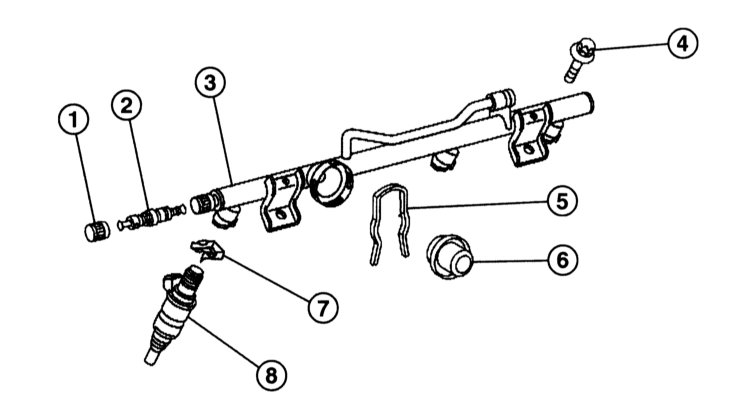
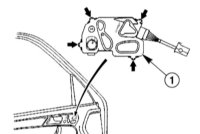
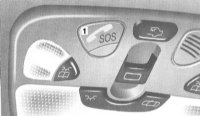
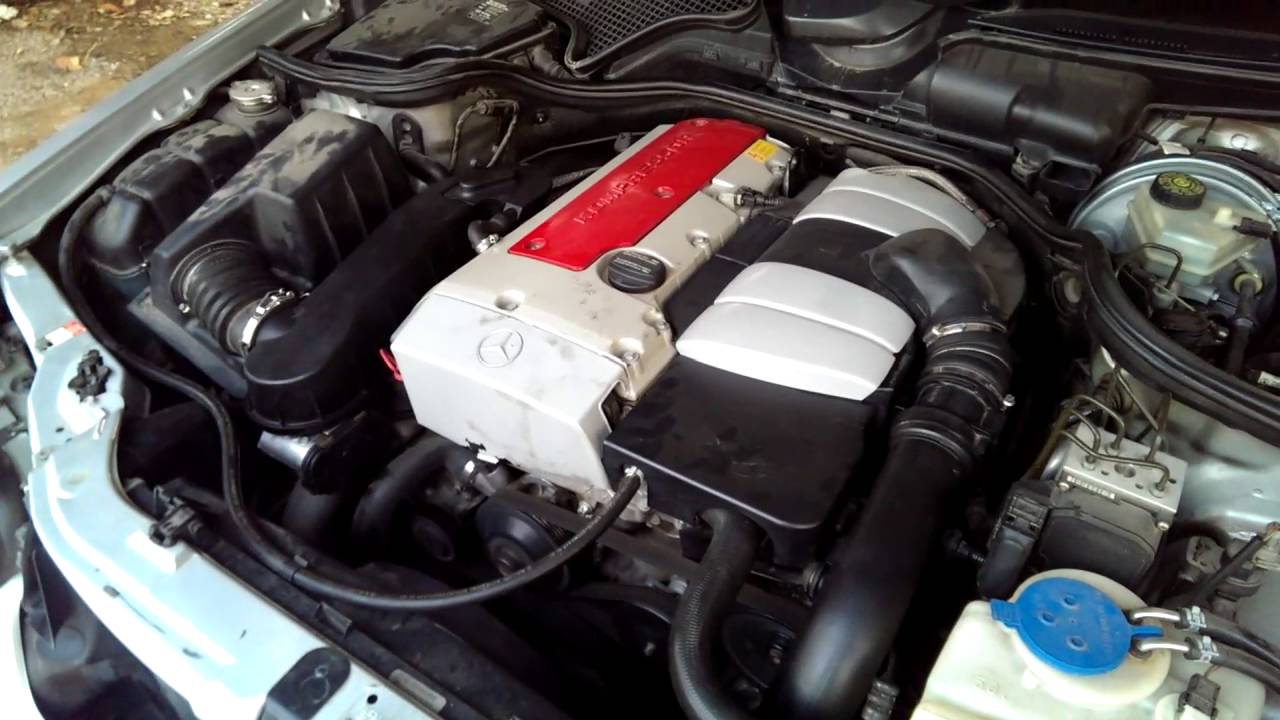
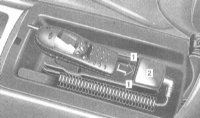
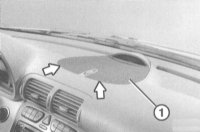
![W203/S203/CL203 [2000 - 2004]](/uploads/mercedes-c-klass-w203.jpg)
